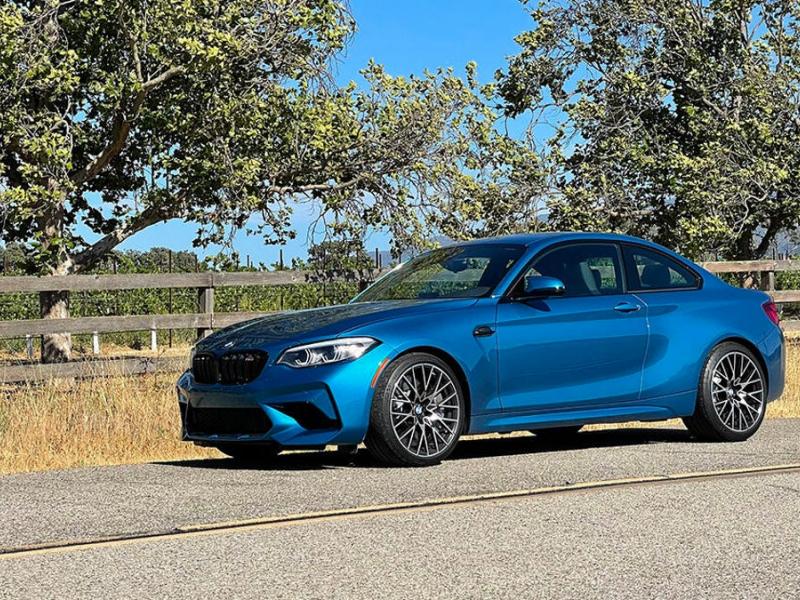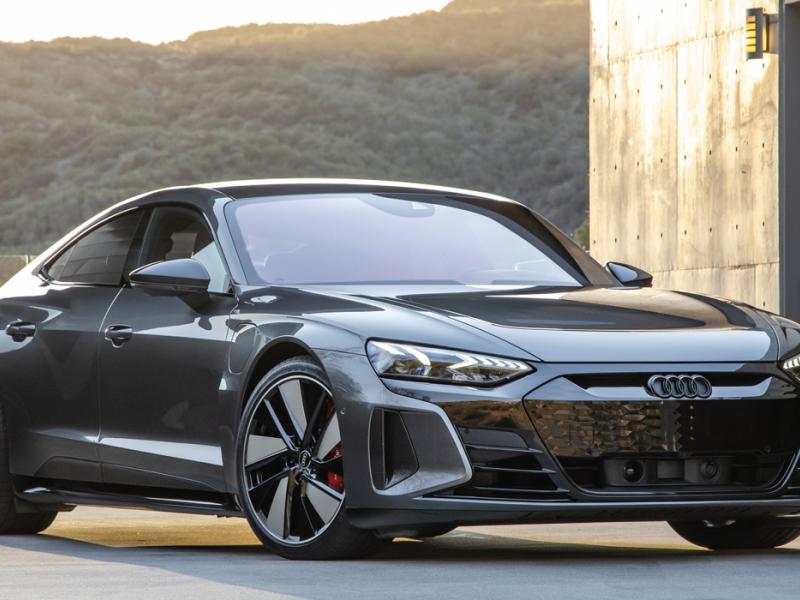Scandinavian Sanctuary | 2016 Volvo XC90 Driven

The Volvo XC90 is all-new for 2016.
It’s clear that Zhejiang Geely Holding, the Chinese owners of the vibrant new Volvo car company, haven’t been idle since buying the Swedish luxury carmaker from Ford in 2010.
The 2016 XC90 is the first “clean sheet,” all-new-from-the-ground-up vehicle from Volvo under the new ownership. The styling is noticeably boxier and stout—not bad, just different—the chassis is fully redone, and the powertrains are now consistent with the small but mighty family of four cylinder engines Volvo is rolling out across its model lineup.
We had the opportunity to drive both XC90 offerings, the supercharged and turbocharged 2.0-liter I4-powered T6, and the T8 Twin Power hybrid which adds a pair of powerful electric motors to the mix. The 316-hp, 295-lb-ft T6 engine is potent package, using a belt-driven supercharger to provide sub-3,500-rpm boost, while an exhaust-driven turbo takes over for much of the higher rpm range. The two chargers also work in unison under certain driving conditions to provide maximum efficiency depending on demand. The engine offers plenty of poke to push the 4,627-pound T6, feeling much more like a strong V6, with no lag from launch to highway speed. The T6 hits 60 mph in 6.1 seconds, Volvo says, while the T8 hybrid pares that down to 5.3 seconds. The hybrid’s batteries and motors boost curb weight to 5,059 pounds, but the extra motors give the T8 V8-like power, pumping out 400 hp and 472-lb-ft of torque. Both models are all-wheel-drive and use eight-speed automatic transmissions.
Volvo touts the T8 as the world’s first seven-seat plug-in hybrid, thanks to the use of an independent, 87-hp, 177-lb-ft rear-axle motor which eliminates the need for a driveshaft, allowing Volvo to locate its 9.2-kWh lithium-ion battery pack in the center tunnel, thus saving interior space for three rows of passengers. Recharge time for depleted batteries is 2.5 to 6 hours, depending on charge rate, Volvo says.
Swedish crystal maker Orrefors produces the shift handle for the T8 model.
Inside, both models come with simple, functional and exquisitely styled interiors. Seats are slim yet supportive, and even the third row offers reasonable space. Trimmed in leather and natural wood, all models come with a tablet-like touchscreen in the center console to manage audio, ventilation and other onboard systems. We like the little touches, like the tiny Swedish flag stitched into the passenger seat, and the “Since 1959” stamped into the seat belt latch to remind of Volvo’s long safety history.XC90 seat belt touts its safety heritage.
The T6 is the ticket for most buyers, offering a perfect pitch of power and prestige, along with minimalist Scandinavian design and an average of 22 mpg (combined). In our drive on city streets, expressways and winding mountain roads in southern California, the T6 offered ample acceleration, steady handling with steering a touch on the heavy side, and a comfortable and quiet ride. The T8, which no doubt rates higher on the efficiency meter at 59 mpg-e, offers everything from electric-only operation at any speed and up to 17 miles (depending on battery charge) to instant acceleration on par with a muscle car, accompanied by an electric whir rather than a V8 growl. Some buyers will insist on the top of the line T8 despite its heftier price tag, but we found the T8’s considerable extra weight hurt the car’s handling, making it wallow and roll compared to the T6.Swedish flag tags the XC90 seat.
No discussion of Volvo would be complete without mentioning safety, and the XC90 is the latest and greatest chapter. The XC90 chassis features aluminum and various strengths of steel to create engineered crumple zones that keep crash energy away from properly restrained occupants. But safety at Volvo, at least since 2008, has centered on the company’s Vision 2020 program that seeks to eliminate or minimize the impact of automobile accidents by the end of this decade.
To that end, Volvo uses a combination of radar sensors and cameras to detect and warn of potential hazards and actively apply brakes or steer to avoid collisions or road run-offs, and to minimize injury in those types of accidents by tightening safety belts and automatically applying brakes. Road run-off protection and automatic braking at intersections are standard. The car also can detect and minimize injury in rear-end crashes.
Within the limits of public highways we were able test some of the systems and found the XC90’s active cruise control excellent at maintaining speed and bringing the car to a halt with traffic. Though it will restart on its own once the lead car moves, we often had to prod it to resume, but that’s the safest way to use these systems anyway. Volvo says the car’s Pilot Assist system will automatically pace traffic and hold its lane up to 33 mph, but the system requires very clearly defined lane markings to work properly.
The 2016 XC90 T6 arrives in July, starting at $48,895, followed by the T8 PHEV this October, starting at $69,095 (prices include $995 destination). We primarily drove a T6 Inscription model with a base price of $48,900 that listed at $66,705 with options.
Suffice to say, if the all-new Volvo XC90 is an example of the kind of product we can expect from the rejuvenated brand, the next decade should be a joy to behold as Volvo rolls out some 14 new models, all derived from the same platform.




